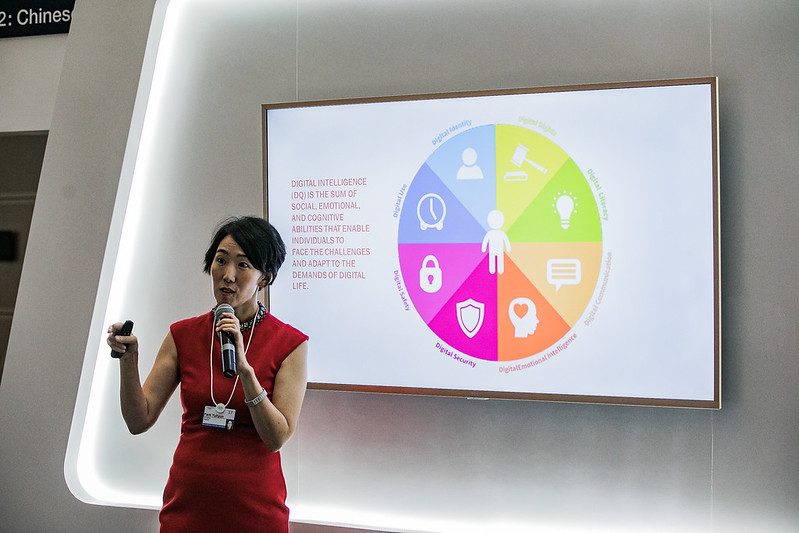Let us know what type of content you'd like to see more of. Fill out our three question survey.
Adults Teaching Children Digital Literacy in a Digitally Growing Society
Aug 18, 2021
Digital literacy goes beyond knowing how to create a TikTok account. True digital literacy is the ability to find, evaluate, comprehend, and use technology. Engaging with online content while simultaneously knowing the risks and limitations of technology is vital when participating in the digital world. Children today are using technology, now more than ever, to connect with peers and explore, search, and create content. Analyzing information, identifying patterns, and forming educated conclusions are invaluable digital skills for children to start building. Below are essential topics to cover when introducing children to digital literacy:
Online Browsing: Whether children search content online for school or leisure, they need to know how to evaluate the sources from which they receive information. When educating children on evaluating information, it is crucial to communicate three things: credibility, quality, and validity. Understanding the differences between website extensions such as “.org,” “.edu,” and “.com” can provide insight into the value the website has. Identifying authors, cited sources, and publishing dates are significant indicators to teach. It is also important to teach that not all information online is trustworthy and reliable. Encouraging children to seek multiple sources for desired information while properly evaluating their resources decreases misinformation spread.
Privacy & Security: The digital world is much like “real-life”—you must know whom to trust with your information in both worlds. Kids and young people should be aware of the fundamental importance of website privacy policies, privacy settings, and data breaches. Educational conversations on identifying scams, creating strong passwords, securing accounts and devices, and protecting sensitive information are vital.
Digital Footprint: Children and young people should know that the digital world is permanent, and with each published engagement, they are building their digital footprint. Understanding that what goes on the internet stays there forever, even if deleted, and communicating with peers online are just a couple of essential mentions. Communicating the importance of self-awareness, reflection, and accountability when sharing information online can help children be more mindful and responsible as they digitally engage with their communities.

Photo Credit: Flickr, World Economic Forum.
Creative Activities to Engage Children in Digital Literacy
-
Compare & Contrast Challenge: While supervised, allow the student to browse the internet for two websites of similar themes but different layouts. Encourage students to use critical thinking when considering the number of advertisements, information shared and overlapped, and the images found while navigating the web pages. Learning for Justice has many lessons for adults looking to teach children of all ages about being savvy internet users.
-
Password Challenge: Give children the task of creating a strong password. They should understand the difference between a weak and a strong password. Strong passwords are at least seven characters long; contain a mix of numbers, letters, and special characters; and do not include personal information. Weak passwords are easy to guesss—like “1234”—contain information such as your name, school, or address; and are less than seven characters long.
Sometimes, the best way to learn something is to “do.” Allowing children to create online content and engage with it in an age-appropriate and safe way allows for creative expression and spearheads digital literacy skills. Children should not fear the digital world. Instead, they should embrace its complexities and opportunities.